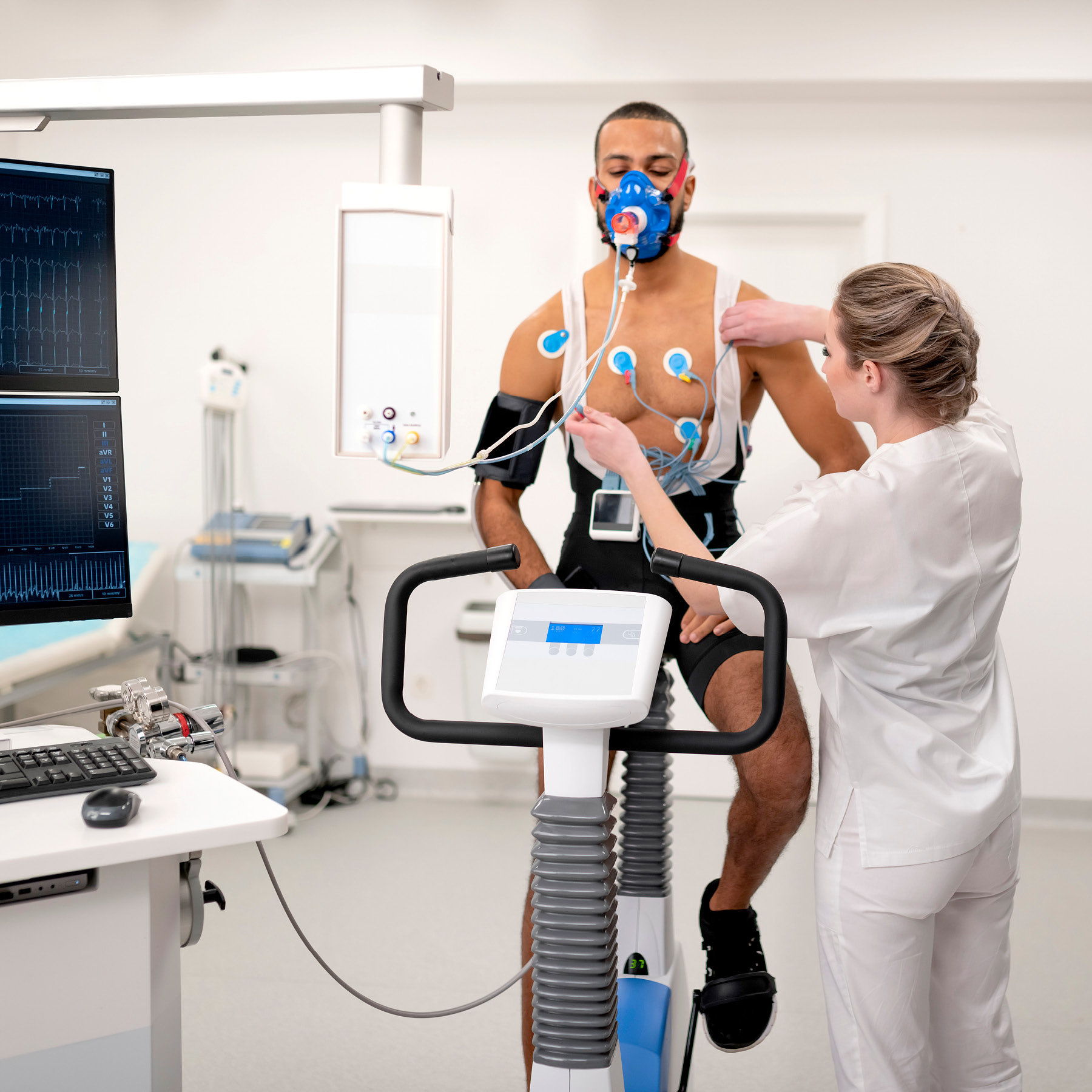Language
You can read the magazine in one of the following languages
Geolocation
You can read the global content or the content from your region

With the Paris 2024 Olympics coming to a close and many athletes having the performance of their careers, what can this teach us about leadership?
I believe that what leadership and athletes have in common is high performance, but what most people describe as high-performance habits is in fact just strong performance consistently achieved.

No successful athlete does it on their own. They surround themselves with people and technology who can monitor, tweak and enhance their performance.
But high performance isn’t just finishing the race by applying the basics well. It’s also about improving the precision, performance and focus required to increase efficiency, improve success and keep things error-free. And we can learn the same lessons in leadership.
As a 10-times national sports champion and New Zealand national level hockey player, these are the four areas I know high performance athletes excel at and review constantly.
Energy management is an athlete’s number one currency. And just like athletes, CEOs and leadership teams need stamina, precision and focus and to manage high performing teams.
It starts with applying the four fundamentals required for high performance: exercise daily; fuel your body with the right food; free your mind; and recover with purpose.

Good leaders must also schedule recovery time from the daily demands of their roles, and that includes being an example to your team in how you take your leave.
In sport, high-performance athletes are meticulous in their approach to energy management. They schedule their energy and recovery on a daily, weekly, monthly, yearly and career basis to sustain high performance and inner drive.
Good leaders must also schedule recovery time from the daily demands of their roles, and that includes being an example to your team in how you take your leave.
High performers are known for their productivity, precision, drive and focus.
It starts with a clarity of vision. When Michael Phelps was eight years old, he visualized standing on the Olympic podium with a gold medal around his neck. As a 19-year-old, in Athens in 2004, Phelps won six gold and two bronze.
When you have clarity of your vision, you say no instead of yes.

A high-performing leader or CEO also needs to be adaptable to changing conditions.
You say no to everyone who will prevent you from achieving your goal. No to chocolate, alcohol, late nights. You naturally form a disciplined mind. We know that complacency and lack of drive leads to errors and mistakes. So… what’s your vision?
A high performing leader or CEO also needs to be adaptable to changing conditions. It’s like a Tour de France rider dealing with changing terrain, road surfaces and weather conditions. A disciplined mind needs both focus and adaptability.
What can you control? How can you provide a safe and error-free environment? As a triathlete and cyclist, I always ensured that my equipment was maintained because a tire blowout, faulty brake, loose pedal or a dry chain could be catastrophic.
Teamwork in sport can be a matter of life or death, and teamwork in business is vital to your success.
Like a Formula One pit‐stop crew, how can you work as a single unit to perform a complex task under pressure with minimal error? Meticulous planning, checklists, tight feedback loops, practice and communication are required to deliver.

High-performance athletes have a tight feedback loop they apply to their performance. They are always focused on how they can receive high-quality feedback in real time.
I was fortunate to be part of one of New Zealand’s best sports team in the 1990s – the Stratford Premiere Men’s Field Hockey Team who went unbeaten for 272 games. That’s right, 16 years without a loss. It might be a world record unbeaten sports streak. What’s even more impressive is the team only lost once in 21 years.
To deliver sustainable high performance over a long period of time this team had:
1. Vision: A positive vision based around quality of performance and a minimum level the team will accept.
2. Ecosystem versus Ego-system: A team mindset focused on lifting both self-worth and the collective worth of the team.
3. Discipline: Knew their role, when to lead and when to follow.
4. United: Created permission to feel the courage to have honest conversations promptly and quickly.
The biggest difference between sport and business is the level of performance monitoring.
High-performance athletes have a tight feedback loop they apply to their performance. They are always focused on how they can receive high-quality feedback in real time. They know that constant growth minimizes success or failure.

CEOs need good support teams who understand their vision and can help them achieve it.
No successful athlete does it on their own. They surround themselves with people and technology who can monitor, tweak and enhance their performance.
And just like Olympic athletes, good leaders and CEOs need good support teams who understand their vision and can help them achieve it.

Craig Johns
Contributor Collective Member
Craig Johns is a former national sport champion, international coach and CEO turned high-performance leadership expert, global speaker and ‘Inspiring Great Leaders‘ podcast host. He co-founded Speakers Institute Corporate, which has gone on to be one of the fastest-growing global corporate training companies in the world. He has 28 years of international experience working in the sport, health, mind, education and hospitality industries. He has created Gravity of Leadership, Break the CEO Code, PRIDE and Atomic Pressure leadership frameworks. For more information visit http://craigjohns.com.au